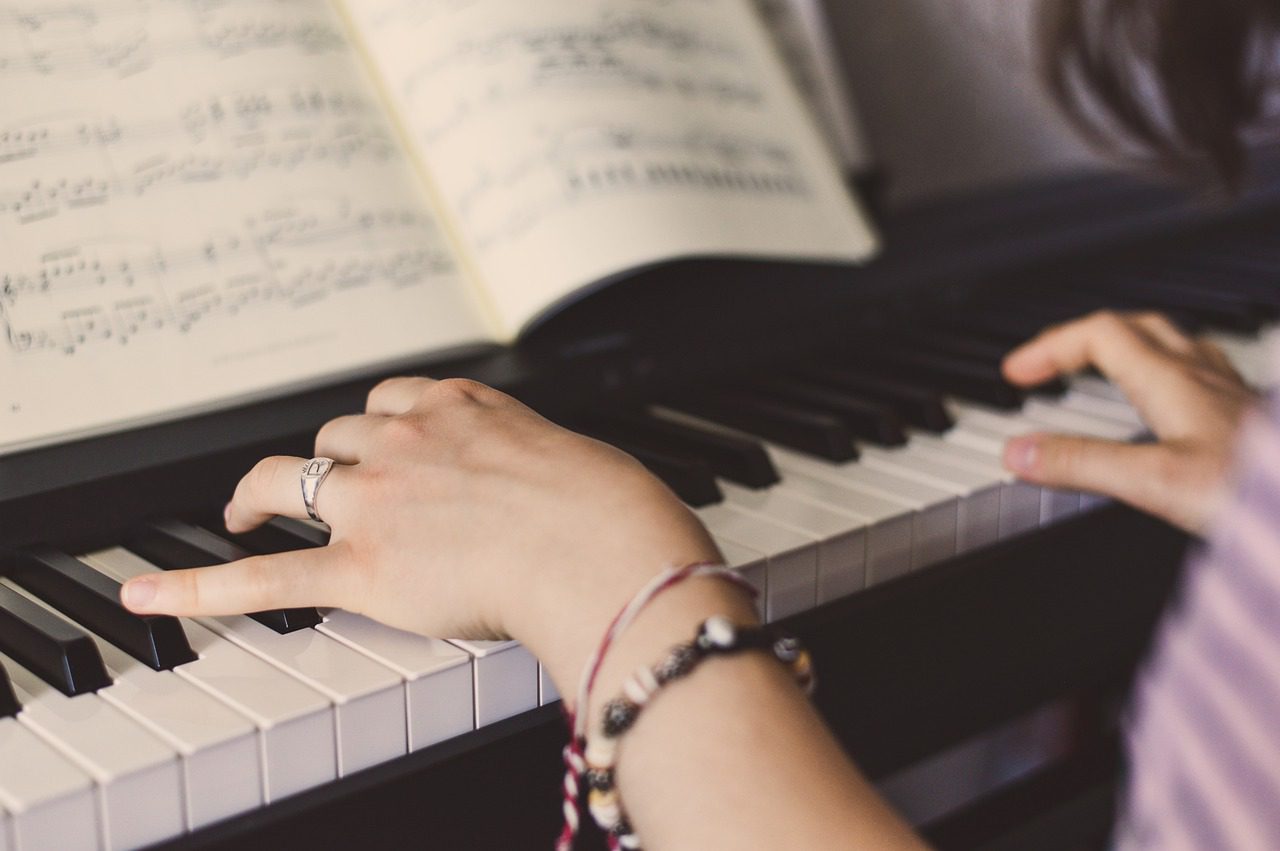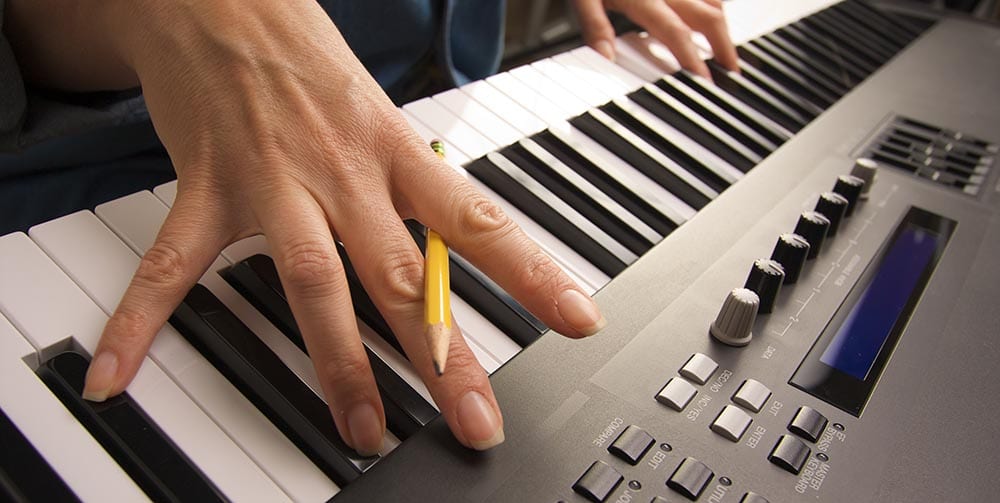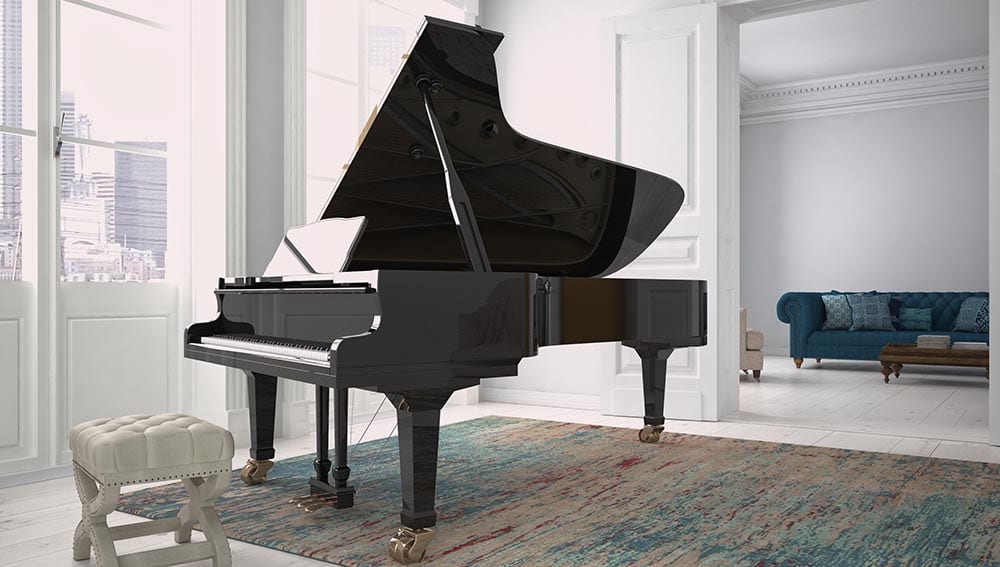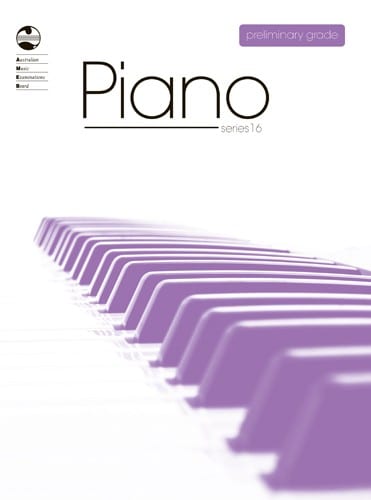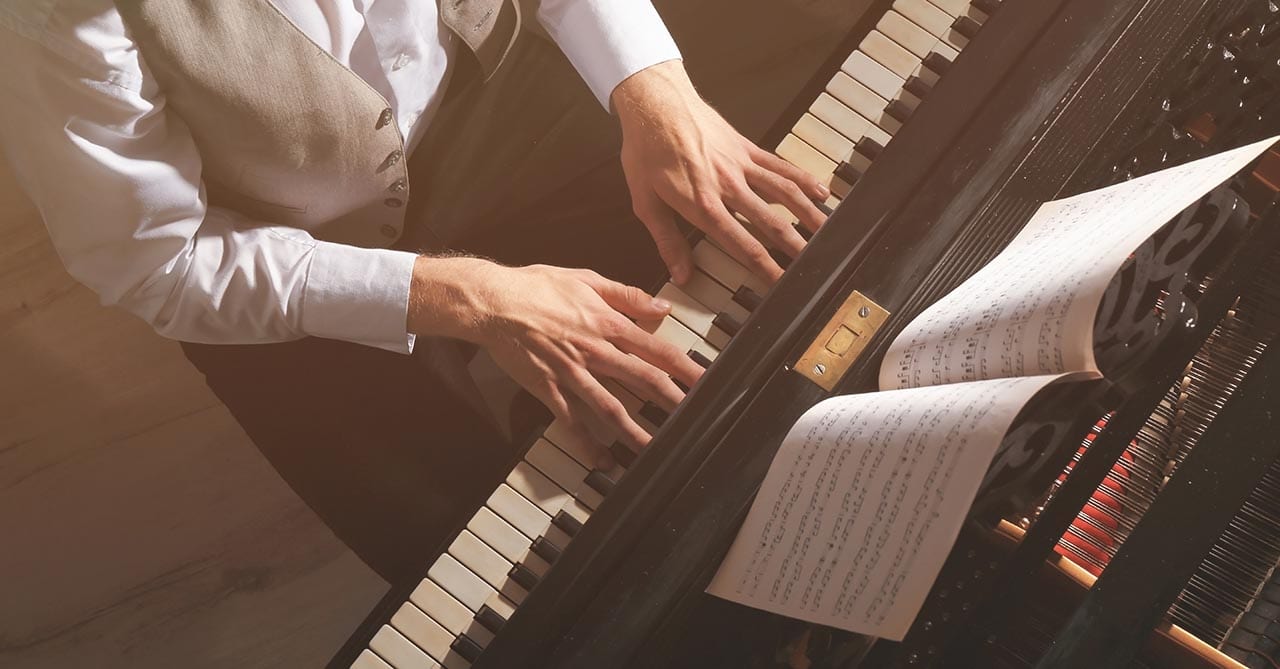Whether you’re moving a piano into another room or another state, there are certain things you can do to ensure your safety and the safety of your piano. While digital pianos are quite light and portable, upright pianos, grand pianos and baby pianos do require a bit more care. Read our tips for managing safety and environmental changes when moving an upright piano, grand piano or baby grand piano.
Safety
Safety should always be the primary concern when moving a piano. Upright pianos, grand pianos and even baby grand pianos are extremely heavy, bulky instruments that can cause a great deal of harm when not handled properly.
If you intend to move the piano yourself, ask as many people as you can fit around the piano to help lift it to make light work of it. Prepare your piano for removal by covering the surfaces with protective cloth and testing that the wheels of the piano aren’t jammed, if it has any. Make sure the piano is fully lifted off the floor, or cover the floor with protective mats to avoid dragging (but be careful not to create obstacles you or others could trip on). Before you lift the piano, check that there are no hidden objects underneath it that could be trip hazards.
More Hands Make Lighter Work
If you need to move your piano to another level or another house, enlist the help of professional piano movers. Piano movers are trained to move pianos using techniques that avoid damage to the piano, the mover and the surrounding areas. Alternatively, you can ask your piano tuner or technician to oversee the move.
While some home removal companies provide piano removal services, they don’t necessarily have the training to minimise the rattling effect the move can have on the piano. Having a piano tuner present means there’s someone there to make sure the instrument is handled with the proper care it needs to survive the move intact.
Changes in environment
Humid, hot, cold, dry and wet conditions all have an effect on upright, grand and baby grand pianos. Because the bulk of the instrument is made of wood, swelling, contraction, twisting and distortion in the materials are likely to occur during a move and alter the piano’s sound. But as well as distorting the pitch, changes in temperature can cause cracks and rust to appear and compromise the piano’s joints. To minimise the effects of sudden changes in environment, we recommend positioning your piano carefully in your new home. Place it away from doors and windows and in a dry space that holds a steady temperature. We also strongly advise booking in a piano tuning immediately after the move to avoid the strings settling into a distorted pattern.
For expert help moving your piano to a new home or office, contact The Pianoforte in Sydney. Our piano experts are fully trained to carefully move upright pianos, grand pianos and baby pianos. We can even position and tune your piano upon arrival.



 March 31, 2016
March 31, 2016
